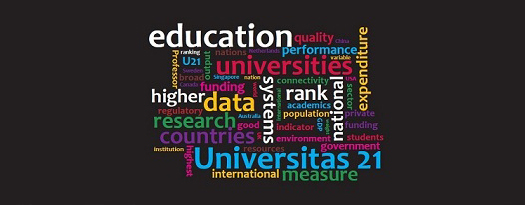The U21 Ranking of National Higher Education Systems 2012, released by Universitas 21 on 11 May, is the most comprehensive attempt to date in evaluating higher education systems by country, an approach U21Coversmallperhaps precluded by the glut of institution-based university rankings in the last decade.
The motivation for the exercise is indicated, if obliquely. The authors assert that ‘Given the importance of higher education, a nation needs a comprehensive set of indicators in order to evaluate the quality and worth of its higher education system’. They add that the existing international rankings of universities emphasise research excellence but ‘throw no light, however, on issues such as how well a nation’s higher education system educate all its students [of] different interests, abilities and backgrounds’.
The methodology is in part derived from and inspired by the work of Jamil Salmi, formerly of the World Bank. A team of researchers at the Melbourne Institute of Applied Economic and Social Research ranked 48 national higher education systems based on 20 measures grouped into four categories:
- Resources (private and public expenditure)
- Environment (regulation, diversity and participation opportunities)
- Connectivity (number of international students and articles written jointly with international collaborators)
- Output (amount and impact of research; connection to labour market)
These were integrated into a single score using weightings as follows: 40% for output, 25% each for resources and environment, and 10% for connectivity. These shares reflect author judgement, and availability and quality of data. Connectivity has a weak share because of a lack of ‘data on joint activity between HEIs and the rest of society’.
Read more




